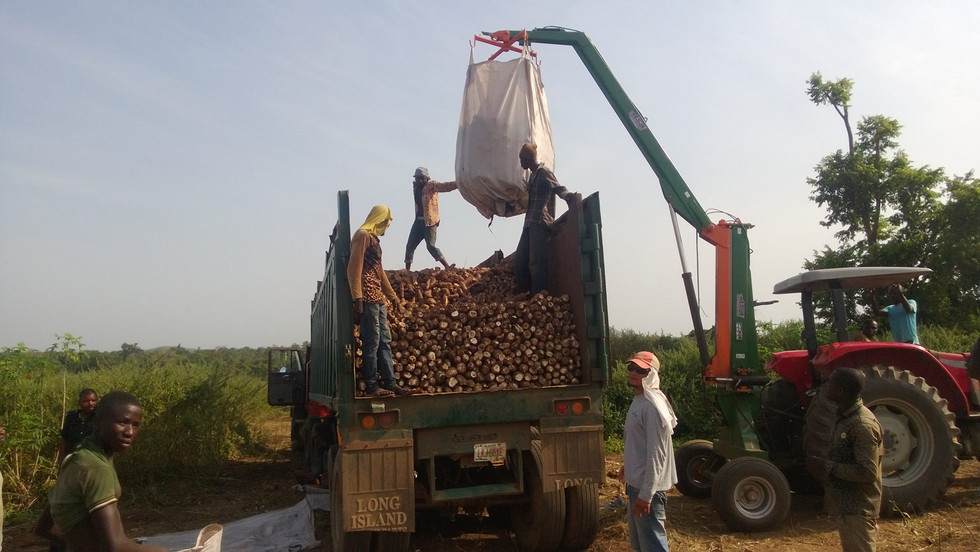Transition to Sustainable Agribusiness
- May 26, 2024
- 2 min read
Today's Agribusiness Sector faces great challenges; Conservationist and activist theories tend to stigmatize agro-industrial models that are based on large expanses of monocrops destined for the mass production of raw materials and foods.
Cassava crop for Starch production in Nigeria. Industrial Cassava is the alternative for growing and development for the government. Nigeria is the largest cassva producer in the world.
Industrial cassava crop in Nigeria, Marcus Cassava
Some of the arguments against large-scale production models are based on the environmental impact that is generated on forests and natural ecosystems that are intervened to convert them into agro-industrial production areas. For example, in Colombia, oil palm cultivation is so stigmatized that it is compared to coca cultivation at all levels. However, Colombia is one of the main producers of Palm Oil in the world, and the sector has an important contribution to the GDP , growth, and development of the region.
Oil Pam Crop, San Pablo Sur de Bolívar. AGRICONSUR. Although palm cultivation is stigmatized, the CO2 emissions it produces are lower than other crops such as rice and it easily adapts to sustainable practices such as the use of noble covers.
Nigeria, the main producer of cassava in the world, is committed to agro-industrial development, strengthening the cassava sector, promoting the industrial production of derivatives such as starches, flours, alcohol, and other mass products. As in Brazil, another of the main producers of cassava in the world, the agro-industrial model is based on large extensions of crops, thousands of hectares concentrated in a region, where the processing or transformation is in the center of the agricultural production area.
Indsutrial Cassava Harvesting in Nigeria.
Large-scale agro-industrial models require large quantities of raw materials that come from large areas of monocultures. Some questions that arise today are:
1. Is it possible to design a sustainable agro-industrial model that generates economic, social, cultural, and environmental development in a region?
2. Is it possible to sustain agro-industrial development and growth, while making the transition from conventional to sustainable agribusiness?
3. Is it possible to supply agribusiness that requires large quantities of raw materials, with models different from the large extensions of monocultures?
At Cassabis.org, we know that all the agro-industrial models that currently exist can be adapted and converted into sustainable models. All production systems can be designed to generate Integral Human Development, environmental conservation, and reduction of CO2 emissions. It is important to be very clear about the overall objective of the operation; How far do we want to go? , how much are we willing to sacrifice? Are we looking to survive, or do we want sustainable growth? At Cassabis.org, we accompany you in the transition from the Conventional Agribusiness to the Sustainable Agribusiness model.









コメント